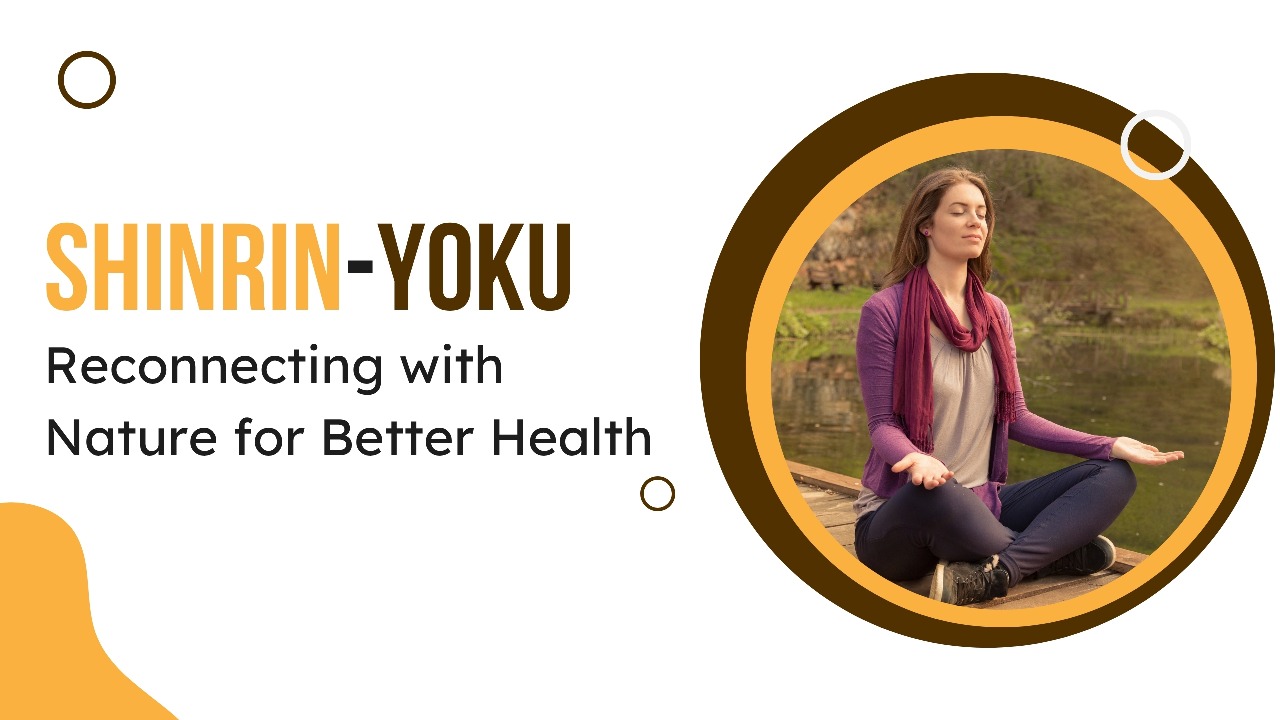In today’s fast-paced world of screens, schedules, and stress, we often forget that one of the most powerful forms of healing is just outside our door. A growing body of research is now confirming what many cultures have known for centuries: spending time in nature can profoundly support our health.
This practice is known as Shinrin-yoku, or Forest Bathing—a simple yet transformative way to reconnect with our senses, reduce stress, and restore balance.
What is Shinrin-yoku?
Shinrin-yoku is a Japanese term that means “forest bathing”—not bathing in water butimmersing yourself in the atmosphere of the forest. It’s about walking slowly, breathing deeply, and experiencing the forest through your senses—sight, sound, smell, touch, and even intuition.
Unlike hiking or jogging, forest bathing is not goal oriented. It invites you to slow down and just be in nature.
How Forest Bathing Supports Health
Shinrin-yoku is backed by an increasing number of scientific studies. Researchers across the world have explored its impact on various aspects of health and well-being.
- Reduces Stress and Regulates the Nervous System
Park et al. reported that individuals who spent time in forest environments had lower cortisol levels, reduced heart rate, and improved heart-rate variability, indicating better stress resilience. The calming sights, sounds, and smells of the forest help shift the body into parasympathetic (rest-and-digest) mode, allowing for recovery and repair.
- Supports the Immune System
Li et al. reported that exposure to forests enhances natural killer (NK) cell activity, which plays a vital role in fighting infections and abnormal cell growth. This effect is thought to be influenced by phytoncides—aromatic compounds released by trees—that support immune function when inhaled during forest walks.
- Promotes Rest, Recovery, and Emotional Balance
Several researchers have reported that spending time in natural environments reduces muscle tension, lowers blood pressure, and encourages better sleep. These physiological changes reflect a body moving toward balance, away from chronic overstimulation.
How to Practice Shinrin-yoku
Forest bathing doesn’t require special equipment or remote wilderness. A park, garden, or quiet natural trail can work just as well. Here’s how to begin:
- Walk slowly and without urgency
- Turn off your phone and limit conversation
- Engage your senses: smell the bark, listen to birds, feel the breeze
- Pause, sit, or lie downallow yourself to be still
- Let your thoughts come and go without judgment
Even 20–40 minutes a couple of times a week can produce noticeable shifts in your mood, energy, and overall well-being.
A Universal Practice with Global Benefits
Although the term Shinrin-yoku originated in Japan, the principle of healing through nature is global. Whether it’s a forest trail in Canada, a desert garden in Arizona, or a bamboo grove in South Asia, the effect is universal.
Researchers around the world—from Finland to South Korea to the United States—have reported similar outcomes: nature calms the body, sharpens the mind, and strengthens the spirit.
Final Thoughts
Shinrin-yoku is more than just a walk in the woods. It’s a chance to recalibrate your nervous system, strengthen your immune defenses, and reconnect with the rhythms of the natural world. As more researchers like Li et al. and Park et al. continue to explore its benefits, forest bathing is emerging as a scientifically supported, accessible, and deeply nourishing practice.
Whether you’re seeking calm, clarity, or simply a break from the digital noise, the forest is waiting. No prescription required.


